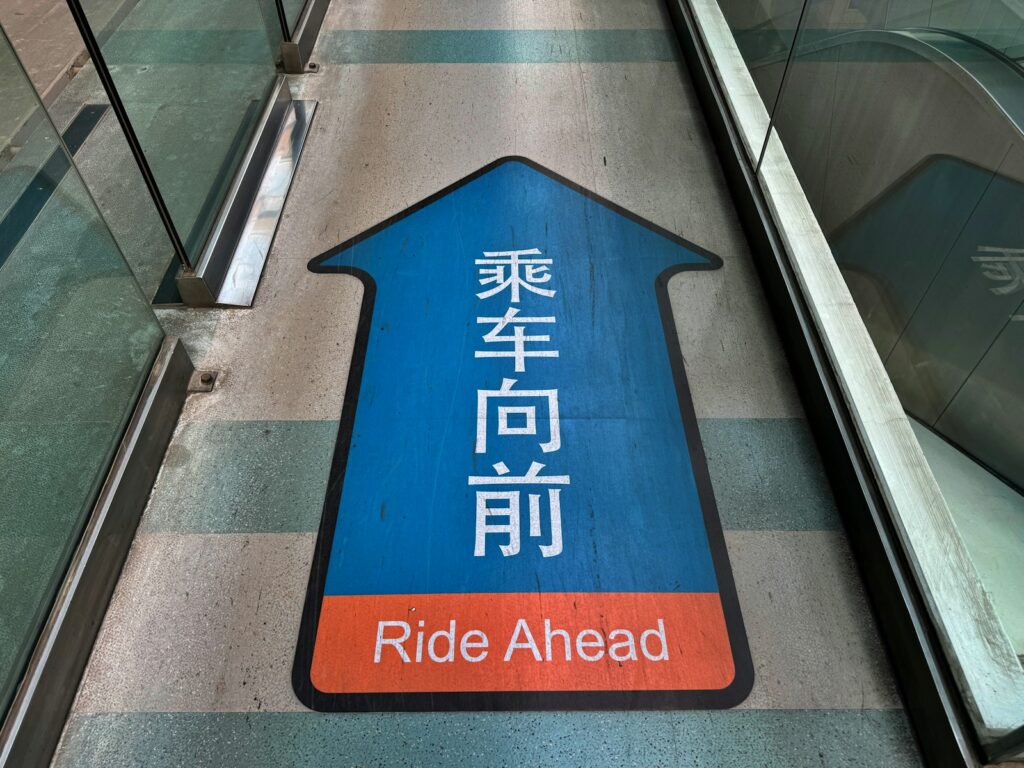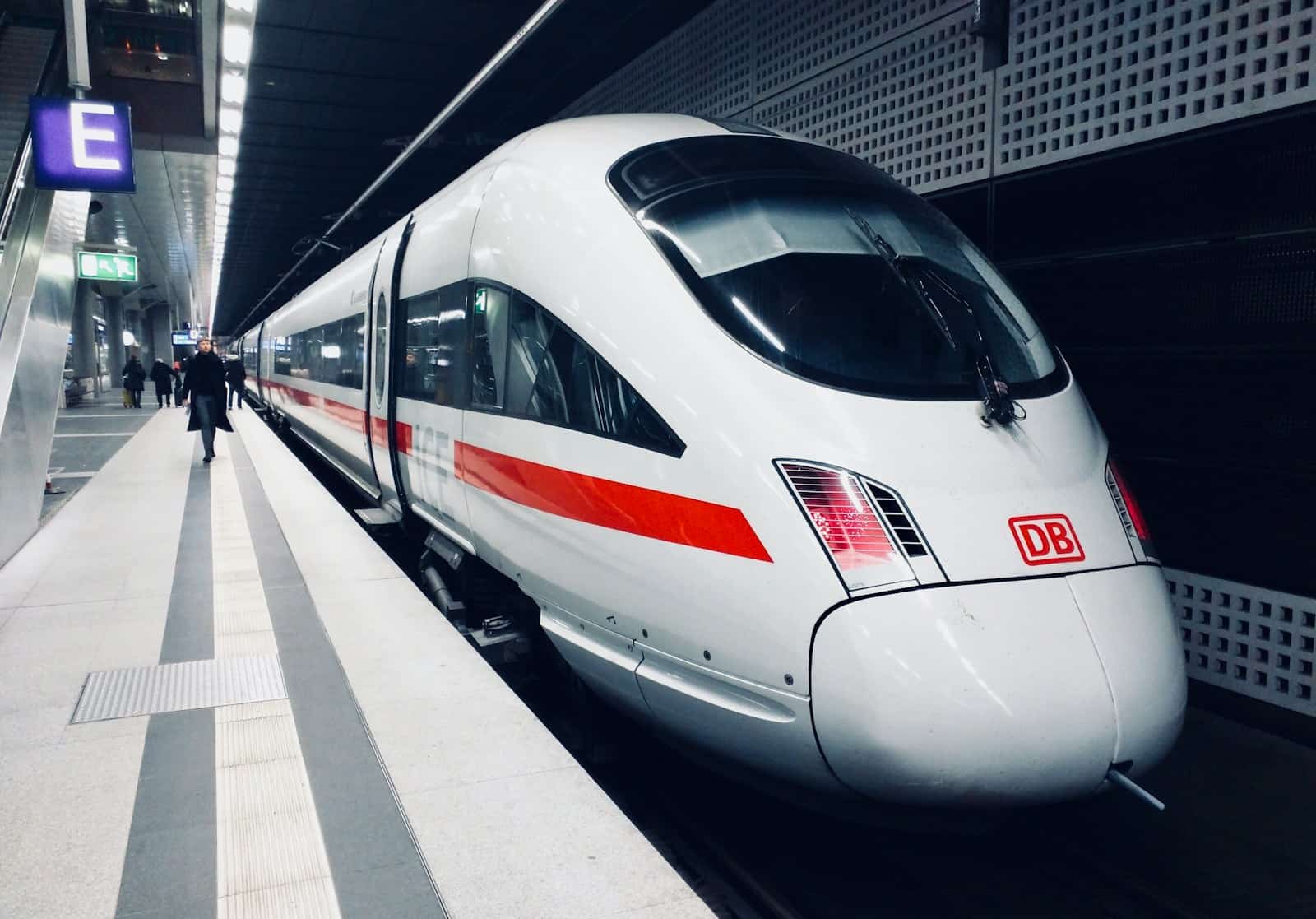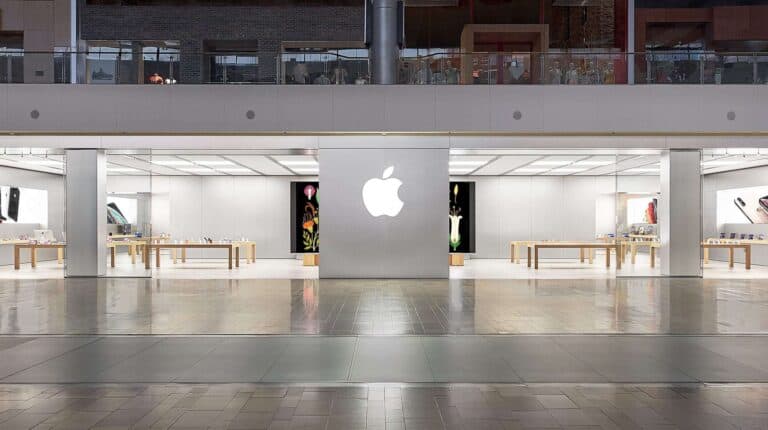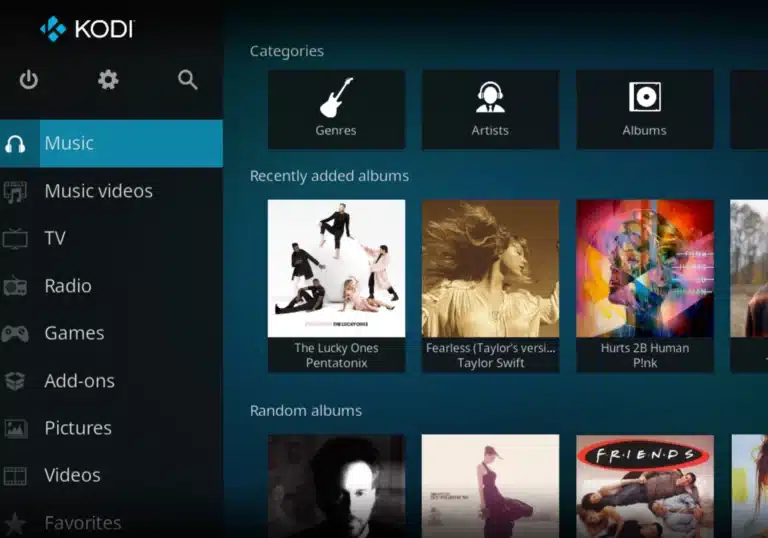China’s new floating Hyperloop train has astounded the world by setting a new speed record. In a recent test, this futuristic maglev train reached 387 miles per hour. This remarkable achievement positions the T-Flight train as the fastest in the world.
The technology behind this hyperloop system combines magnetic levitation with vacuum tubes. This allows for minimal air resistance and friction, thus achieving such high speeds. Engineers are optimistic that future advancements could let the train hit speeds up to 1,243 miles per hour.
This breakthrough has significant implications for transportation systems. Long-distance travel could become much faster and more efficient. Travelers would be able to cross continents in mere hours, changing the way people and goods move around the globe.
Breakthrough in High-Speed Transportation
China’s T-Flight Shatters Records
China Aerospace Science and Industry Corporation (CASIC) made headlines with their maglev train, the T-Flight. During recent tests, it achieved an astonishing speed of 387 mph (623 km/h), making it the fastest ground vehicle in the world. This groundbreaking achievement surpasses the previous record held by Japan’s L0 Series maglev train.
Maglev Technology Takes Center Stage
The T-Flight uses maglev technology, where the train levitates above the track using magnets. This eliminates friction, allowing for incredible speeds and a smooth, quiet ride.
Testing and Future Development
The record-breaking run took place on a 1.2-mile (2 km) test track in Shanxi province. CASIC plans to extend the track and continue testing, aiming to eventually reach speeds over 1,243 mph (2,000 km/h), faster than the speed of sound.
Table: T-Flight vs. Other High-Speed Trains
| Train | Type | Top Speed (mph) | Country |
|---|---|---|---|
| T-Flight | Maglev | 387 | China |
| L0 Series | Maglev | 375 | Japan |
| Shanghai Maglev | Maglev | 268 | China |
| TGV POS | Wheeled | 357 | France |
The T-Flight represents a major step forward in high-speed transportation. It could revolutionize travel, making it faster and more efficient than ever before.
While there are still many challenges to overcome before hyperloop technology becomes a reality, the T-Flight’s success is a promising sign. It shows that the dream of super-fast travel is not only possible, but within reach.

Maglev Technology: A Brief Overview
Maglev, short for magnetic levitation, is a transportation technology that uses powerful magnets to lift and propel trains. Unlike traditional trains that rely on wheels and tracks, maglev trains float above the guideway, eliminating friction and allowing for much higher speeds.
The system works by using two sets of magnets: one set to lift the train and another to move it forward. The absence of friction not only enables incredible speeds but also results in a smoother, quieter ride for passengers. While the technology is not new, recent advancements like those seen in the T-Flight are pushing the boundaries of what is possible with maglev.
Key Takeaways
- The floating Hyperloop train hit a record speed of 387 mph.
- The train uses magnetic levitation and vacuum tubes to achieve high speeds.
- This technology can revolutionize long-distance transportation.
Fundamentals of the Floating Hyperloop Train
China’s T-Flight train has achieved a groundbreaking speed of 387 mph using cutting-edge technologies. This section breaks down the components and operational principles that make this feat possible.
Innovative Propulsion and Levitation Technologies
The T-Flight hyperloop train uses magnetic levitation technology to float above the tracks. Superconducting magnets create lift, virtually eliminating friction. Linear motors propel the train forward in a vacuum tube, reducing air resistance even further. This combination of levitation and propulsion yields high speeds.
Design and Infrastructure
The T-Flight requires specialized infrastructure. The vacuum tube, about 1.2 miles long, provides a low-pressure environment. This design minimizes air resistance. The rails are precision-engineered for stability and safety. The enclosed tube system makes weather-related delays nonexistent.
The T-Flight Hyperloop Initiative
The T-Flight project is spearheaded by the China Aerospace Science and Industry Corporation (CASIC). It aims to revolutionize high-speed travel. Testing phases included developing prototypes and scaling up to full-sized models. The initiative is part of China’s grand vision for advanced transportation.
Global Developments and Comparative Technologies
Other countries are also developing high-speed transportation. Japan’s MLX01 maglev train hits 361 mph, and South Korea is working on similar technologies. Elon Musk and Virgin Hyperloop are pushing hyperloop systems in the U.S. Comparing these projects shows progress and competition in high-speed transit.
Performance and Record-Breaking Achievements
The T-Flight trenched a record-breaking speed of 387 miles per hour in a test run. This success positions it as one of the fastest trains globally. The goal is to surpass speeds of 1,243 mph. Each test brings the train closer to this target.
Safety, Energy, and Environmental Considerations
Safety is paramount, with multiple fail-safes built into the system. Energy efficiency comes from the reduced friction and air resistance. The environmental impact is lower compared to traditional trains or planes. The hyperloop system aims to be a greener alternative for long-distance travel.
Operational Efficiency and Future Potentials
Operating at high speeds with minimal friction, the hyperloop is more efficient than conventional trains. Future potentials include connecting cities rapidly, reducing travel times significantly. As technology advances, operational costs may decrease, making it a viable transportation option.
Challenges and Obstacles to Implementation
Despite its promise, there are challenges. Building the infrastructure is costly. Ensuring safety at such high speeds poses technical difficulties. Overcoming these obstacles is crucial for the hyperloop’s success. Regulatory and public acceptance hurdles also need addressing.
Economic Impact and Market Viability
The hyperloop’s economic impact could be substantial. It might reduce travel costs and boost commerce by connecting major cities quickly. Market viability depends on scaling technology affordably. Ongoing investment and development are key to achieving this.
Prospects for Travel Between Wuhan and Beijing
One proposed route is between Wuhan and Beijing, potentially reducing travel time to minutes. This route would show the hyperloop’s capability to revolutionize domestic travel. Success in this venture could catalyze more routes across China and beyond.
Vision for the Future
The future vision for hyperloop includes higher speeds, broader adoption, and improvements in technology. Expansion of routes, both domestically and internationally, forms part of this vision. Long-term goals involve making hyperloop a central part of the transportation ecosystem.
International Perspectives
Globally, countries are observing China’s progress with the hyperloop. Collaborative efforts and shared expertise could accelerate development. The international community is keen on integrating hyperloop technologies to enhance global connectivity.
Notable Events and Milestones
Key milestones include the test run achieving 387 mph. Each step forward marks significant progress. These events gather media attention and investment interest, further propelling the project forward.
In-Depth Look at the Maglev Vehicle
The maglev vehicle uses advanced superconducting materials. This innovation allows it to float with minimal energy. The lack of mechanical contact with tracks significantly reduces wear and maintenance costs. An in-depth look showcases the intricate engineering involved.
Analysis of Transportation Competition
Hyperloop competes with trains, planes, and even cars. Its main advantage lies in speed and efficiency. However, competition from established modes means it must prove its effectiveness. Analyzing these factors helps understand where hyperloop fits in the transportation landscape.
Frequently Asked Questions
The floating hyperloop train, reaching speeds of 387 mph, has garnered significant interest. Here are answers to some common questions about this high-speed transportation innovation.
What are the cost implications of developing the floating hyperloop train?
Building a floating hyperloop train involves high costs due to advanced technology and infrastructure. Costs include the construction of specialized tracks, development of maglev technology, and rigorous safety standards. Maintenance and operation also contribute to ongoing expenses.
How does the hyperloop’s maximum speed compare to that of traditional high-speed rail systems?
The floating hyperloop train can reach 387 mph. Traditional high-speed rail systems, like Japan’s Shinkansen or France’s TGV, typically peak at around 200-220 mph. This makes the hyperloop significantly faster, reducing travel time between destinations.
What technological advancements enable the floating hyperloop train to achieve high speeds?
Maglev technology is key to the train’s high speeds. Magnetic levitation eliminates track friction. Additionally, aerodynamic designs reduce air drag. Advanced propulsion systems provide the necessary thrust, while sophisticated control mechanisms ensure stability and safety.
Can the hyperloop system sustain speeds of 387 mph safely for passengers?
Yes, the hyperloop system is designed with passenger safety in mind. The use of maglev technology minimizes friction, allowing for smooth acceleration and braking. State-of-the-art safety protocols and real-time monitoring systems keep the ride stable and safe at high speeds.
What are the environmental impacts of operating a high-speed floating hyperloop train?
The floating hyperloop train offers several environmental benefits. It uses electric propulsion, which can reduce reliance on fossil fuels. The advanced design minimizes air resistance, leading to greater energy efficiency. Less land disruption occurs compared to traditional railways.
How does the floating hyperloop train’s speed affect its commercial viability?
The train’s speed makes it an attractive option for time-sensitive travel. Quicker travel times can increase passenger volume and revenue. However, the high development and operational costs need careful management to ensure economic sustainability.







